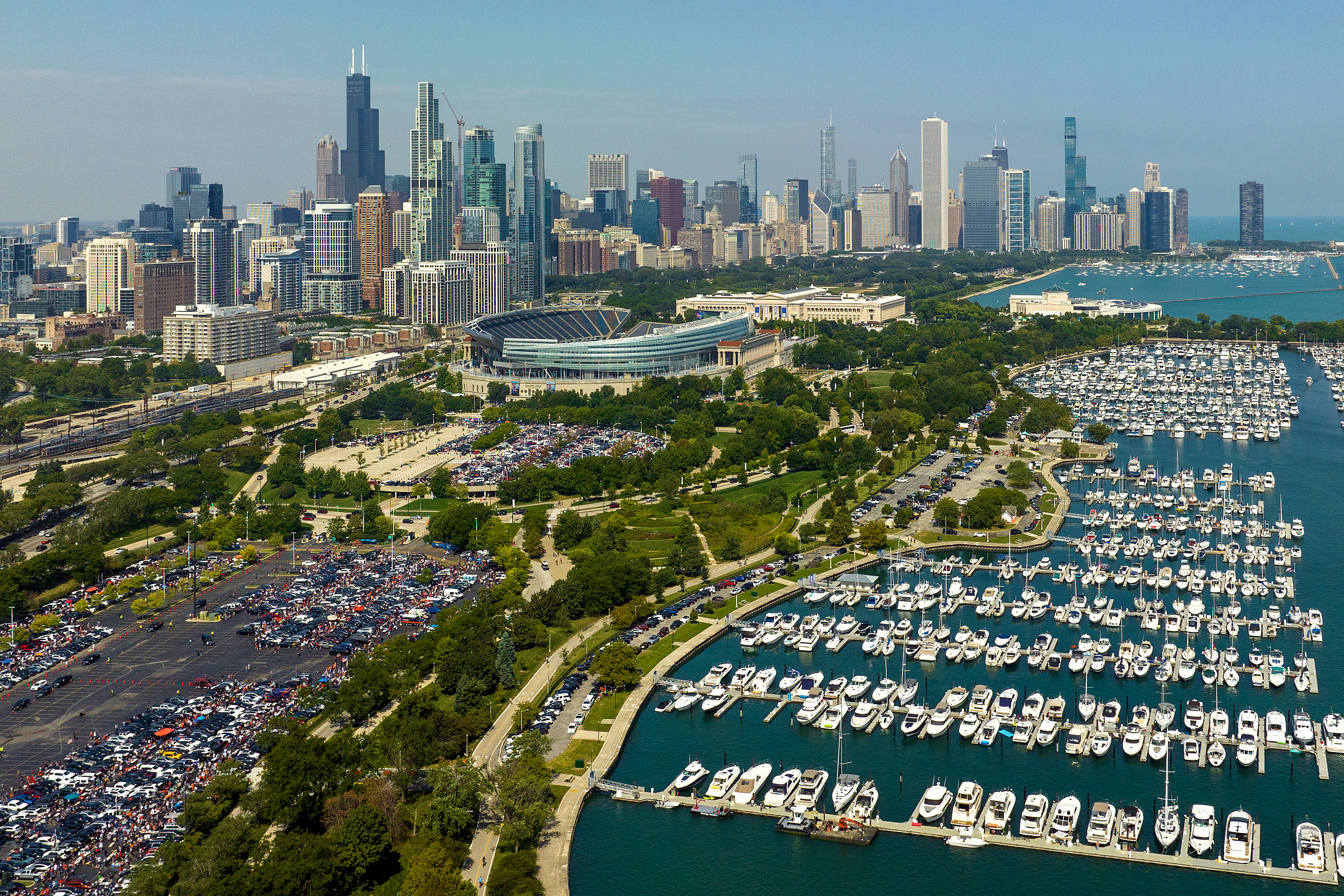Illinois health officials reported more than 1,600 new cases of coronavirus on Thursday and 20 additional deaths as experts express concern over the state's growing numbers.
According to officials, the 1,624 new cases Thursday mark the highest daily rise for the month of July so far, passing Wednesday's 1,598.
In fact, it's the highest one-day case count since May 25, when the state reported 1,713 cases - a number that at the time showed progress after months of daily totals above 2,000. Testing results for that day, however, were nearly half the numbers seen Thursday.
The state’s total number of coronavirus cases now sits at 166,925 since the pandemic began.
The additional deaths give the state a total of 7,367 fatalities related to the virus.
Illinois reported 39,706 tests within the most recent 24-hour span, continuing a trend of nearly 40,000 daily results across the state.
According to the Illinois Department of Public Health, the rolling 7-day positivity rate increased very slightly to 3.4%, up from 3.2% a day earlier.
News
Hospitalization data shows the state remains near its low watermarks for hospitalizations and ventilator usage since such data became publicly available in April. As of Thursday, 1,473 patients were hospitalized in Illinois due to coronavirus, with 309 of those patients in intensive care units.
A total of 135 patients are currently on ventilators due to coronavirus.
Illinois Gov. J.B. Pritzker said Wednesday state numbers are now gradually rising following significant progress made across the state.
"If there had been one national strategy employed by our federal government — like a national mask mandate — perhaps things would be different. But that hasn’t happened, and we can’t rely on that possibility," Pritzker said. "In the meantime, Illinois has set policies for itself, and we’ve seen real progress over these last four and a half months. But our numbers now appear to be gradually rising, and that’s very concerning. Today, we are reporting nearly 1,600 new confirmed cases of COVID-19, our highest in July. I will remind everyone that we look at these numbers via 7-day rolling averages and not one day totals, but a rise is still a rise and it is on all of us to bring these numbers down."
At least one region in the state, the Metro East region, is "dangerously close" to receiving "additional mitigations" due to a high positivity rate, with Pritzker saying he "sounded the alarm."
Outside of that, the state's remaining 10 regions remain below a 5% positivity rate.
"There are those who mistakenly think 'No problem! You can’t eradicate the virus — and our numbers are so low, we don’t need to do anything about it,'" Pritzker said. "To them I would say that in every one of the states like Arizona and Florida that are in full crisis mode now, it started with a gradual rise in the numbers. The best doctors in our state, who are some of the best in the nation, tell me that a gradually rising positivity rate is exactly when the exponential factors can take over. You can go from 3% positivity to Arizona’s 23% positivity in the blink of an eye. We’ve been there. Let’s not let that happen again."
Pritzker noted that while the state is in fact testing a record number of residents, "more testing does not cause rising positivity rates," a statement that was later echoed by the state's top public health official.
"If it sounds like I’m taking this extremely seriously, it’s because I am. And you should too," Pritzker said. "It’s imperative that we hold onto the success we’ve had against this virus."



